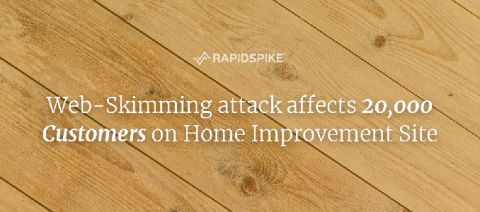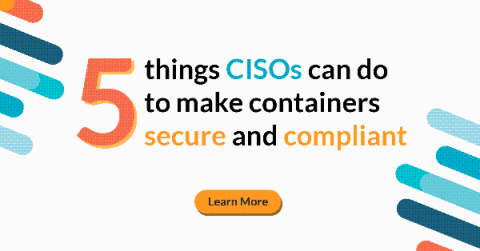3 Tips for Building a Strong Unified Cloud Security Strategy
In a world full of threats targeting data as well as stringent compliance mandates, it’s never been more important to create a strong unified cloud security strategy. But as cloud environments become more complex and diverse, it’s also never been more difficult. Even if you’re partnering with a notably secure provider, it’s still important to understand your security responsibility and to be proactive about protecting your data in the cloud.








